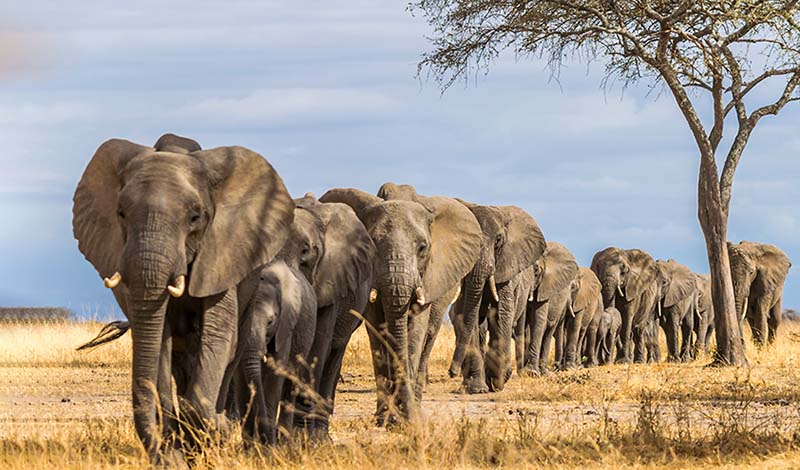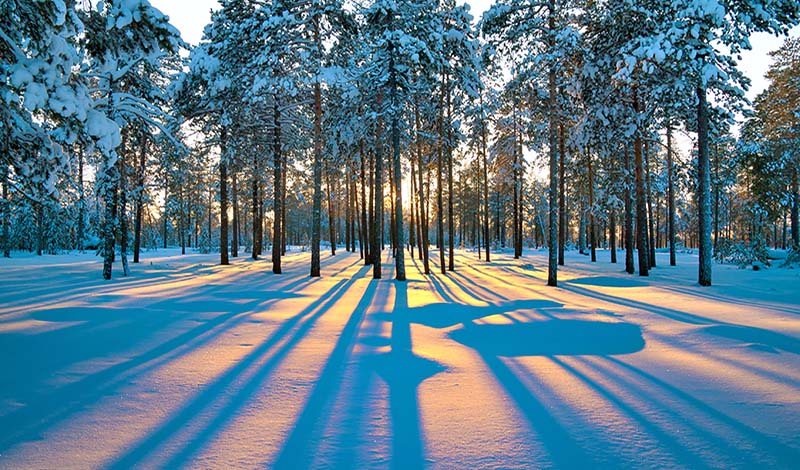
1.5-minute read
As you chart your course for 2022, whether you choose the road less traveled or the path of least resistance, to get to your best there from wherever your current here is may require a few rounds of trial and error. For many of our friends in the animal kingdom, when it comes to fulfilling their creature-life destiny, picking the right path comes naturally. They instinctively follow patterns that meet their needs for food, water, space, family, and safety. So, when conservationists working in Kenya set out to pinpoint and protect the most critical habitat and travel corridors to help ensure the survival of African elephants, they let the perceptive pachyderms lead the way.
The accelerating loss of roaming room is one of the greatest threats to the iconic, endangered mega-mammals. To determine which areas and pathways are vital to supporting the species, from 2001 to 2019, researchers from the Cooperative Wildlife Research Laboratory and Save the Elephants used GPS tracking to monitor the movements of 138 elephants whose environment was under pressure from rapid infrastructure development. They mapped the nearly two decades of movement information using Artificial Intelligence to identify the elephants’ preferred pathways and habitat—dubbed the movescape.
Like most living beings, African elephants can’t survive in just any old place. The AI-enhanced elephant expertise can help determine conservation area carve-outs based on what the elephants have shown us they need to exist in the natural world. Preserving wildlife habitat is not just essential to saving endangered species; protecting and restoring the wild also helps keep humanity on the right path by providing valuable environmental, social, educational, and economic benefits—free of charge.
Exercise Your Grey Cells
FYI, today, January 14th is World Logic Day. Exciting! What are we celebrating? Logic and reason! Why are we celebrating? We’ll let you draw your own conclusions—or you can read about the thought behind the commemoration here.
If you’re keen to give your grey cells a workout in between bouts of COVID dodging, you can take a crack at the hardest logic puzzle ever—no peeking at the solution. Or here are some kinder, gentler nature riddles for you and your budding in-house brainiacs. If you don’t have the energy to tackle any of those, how about some soothing animal cams from the Bronx Zoo—no active thought required. From our perspective, logically speaking, leaping lemurs equals blissful brain!




































































